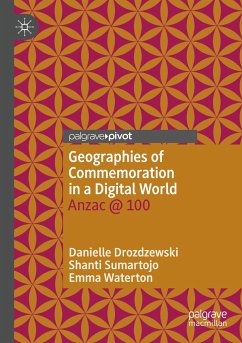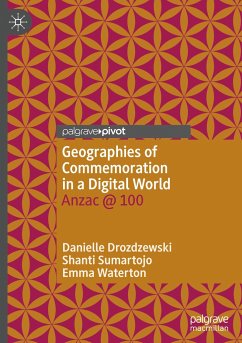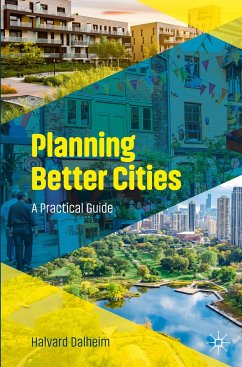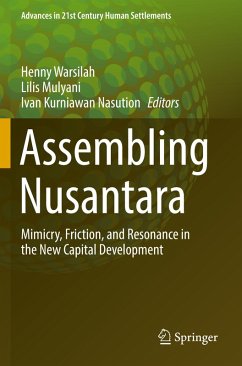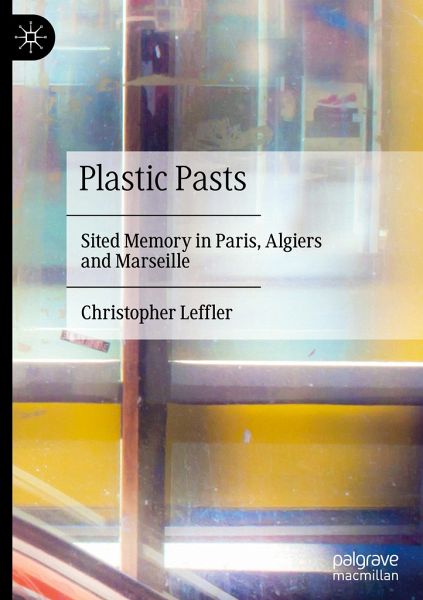
Plastic Pasts
Sited Memory in Paris, Algiers and Marseille
Versandkostenfrei!
Versandfertig in 6-10 Tagen
106,99 €
inkl. MwSt.
Weitere Ausgaben:

PAYBACK Punkte
53 °P sammeln!
This book uses plasticity as a metaphor for understanding how the past endures and evolves within the landscape, and the ways in which remembering shapes the sites we occupy and use. The plastic site is characterised both by its resilience, its form never entirely altered from an earlier mould, and by its malleability, which ensures that whatever persists is inevitably transformed. Embodied in its present configuration are the many moments that have produced it over time, and these are continually supplemented and modified.Surveying examples from Paris, Algiers and Marseille, and media as dive...
This book uses plasticity as a metaphor for understanding how the past endures and evolves within the landscape, and the ways in which remembering shapes the sites we occupy and use. The plastic site is characterised both by its resilience, its form never entirely altered from an earlier mould, and by its malleability, which ensures that whatever persists is inevitably transformed. Embodied in its present configuration are the many moments that have produced it over time, and these are continually supplemented and modified.
Surveying examples from Paris, Algiers and Marseille, and media as diverse as literature, film, photography, blogs and video games, Plastic Pasts interrogates how different communities and cultural producers have grappled with the present past in space as an enduring and dynamic memory. It argues that understanding sited memory as plastic entails recognising a multiplicity of immutable pasts that exist in a permanent state of ongoing evolution.
Surveying examples from Paris, Algiers and Marseille, and media as diverse as literature, film, photography, blogs and video games, Plastic Pasts interrogates how different communities and cultural producers have grappled with the present past in space as an enduring and dynamic memory. It argues that understanding sited memory as plastic entails recognising a multiplicity of immutable pasts that exist in a permanent state of ongoing evolution.






